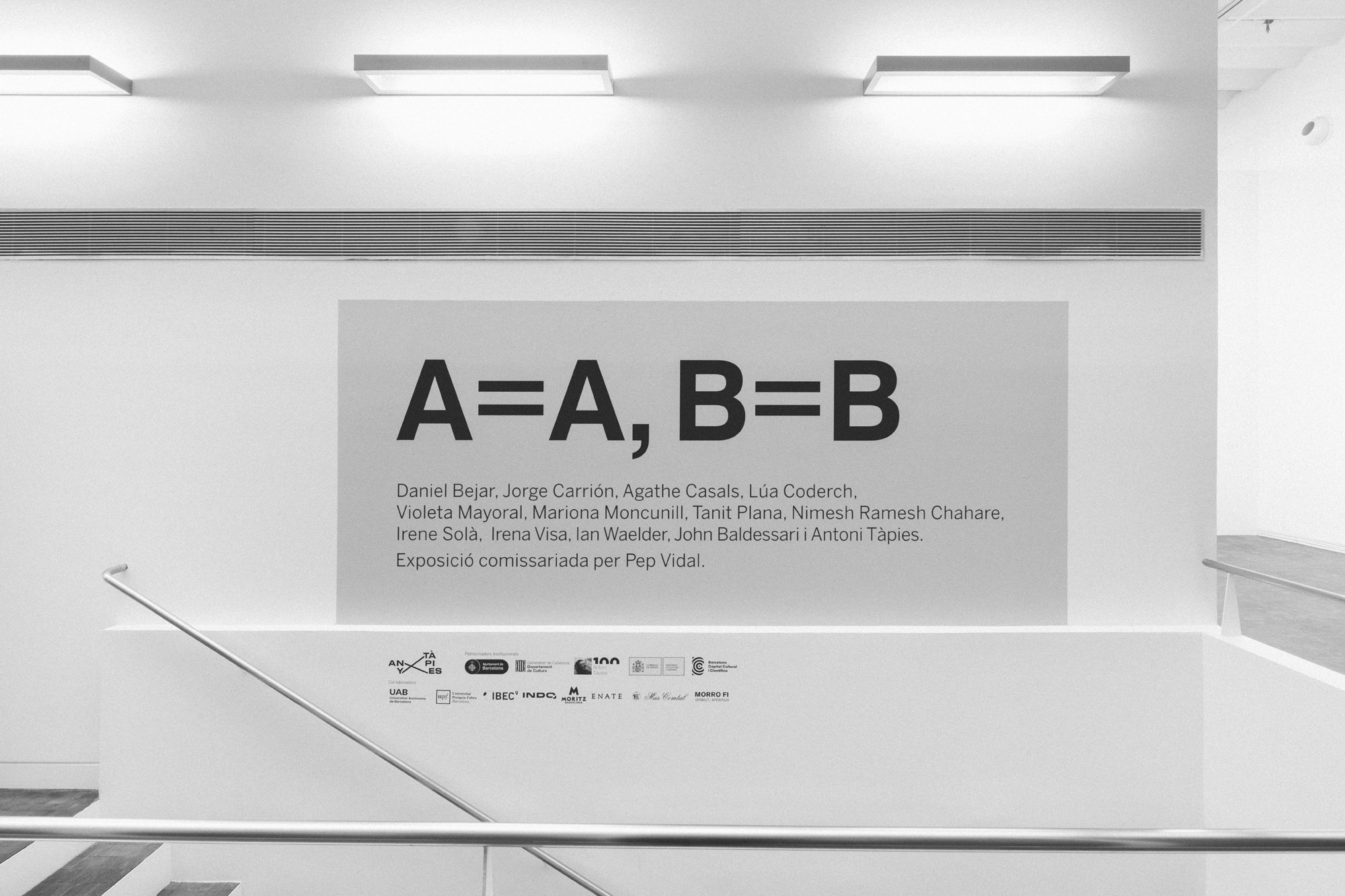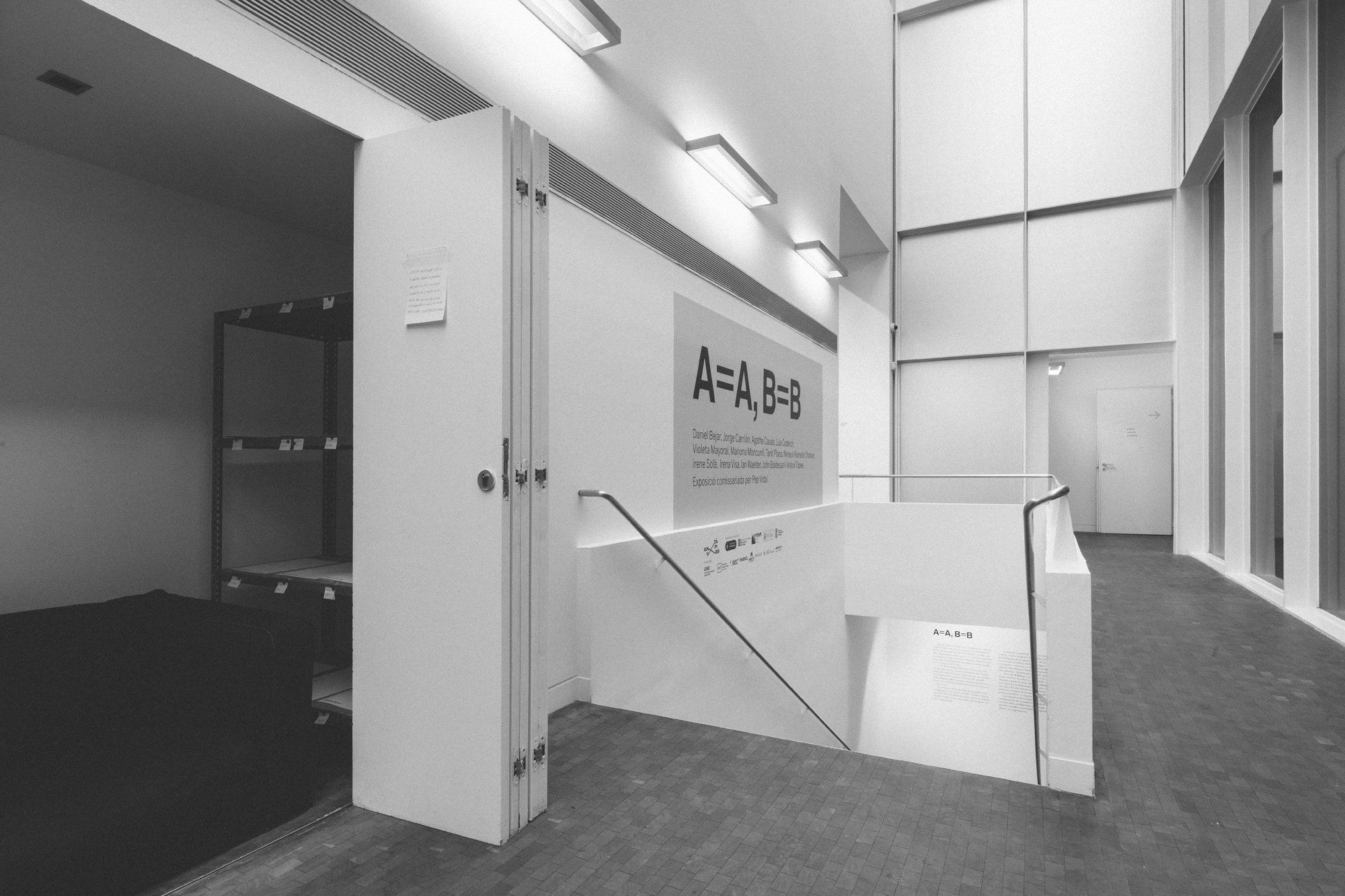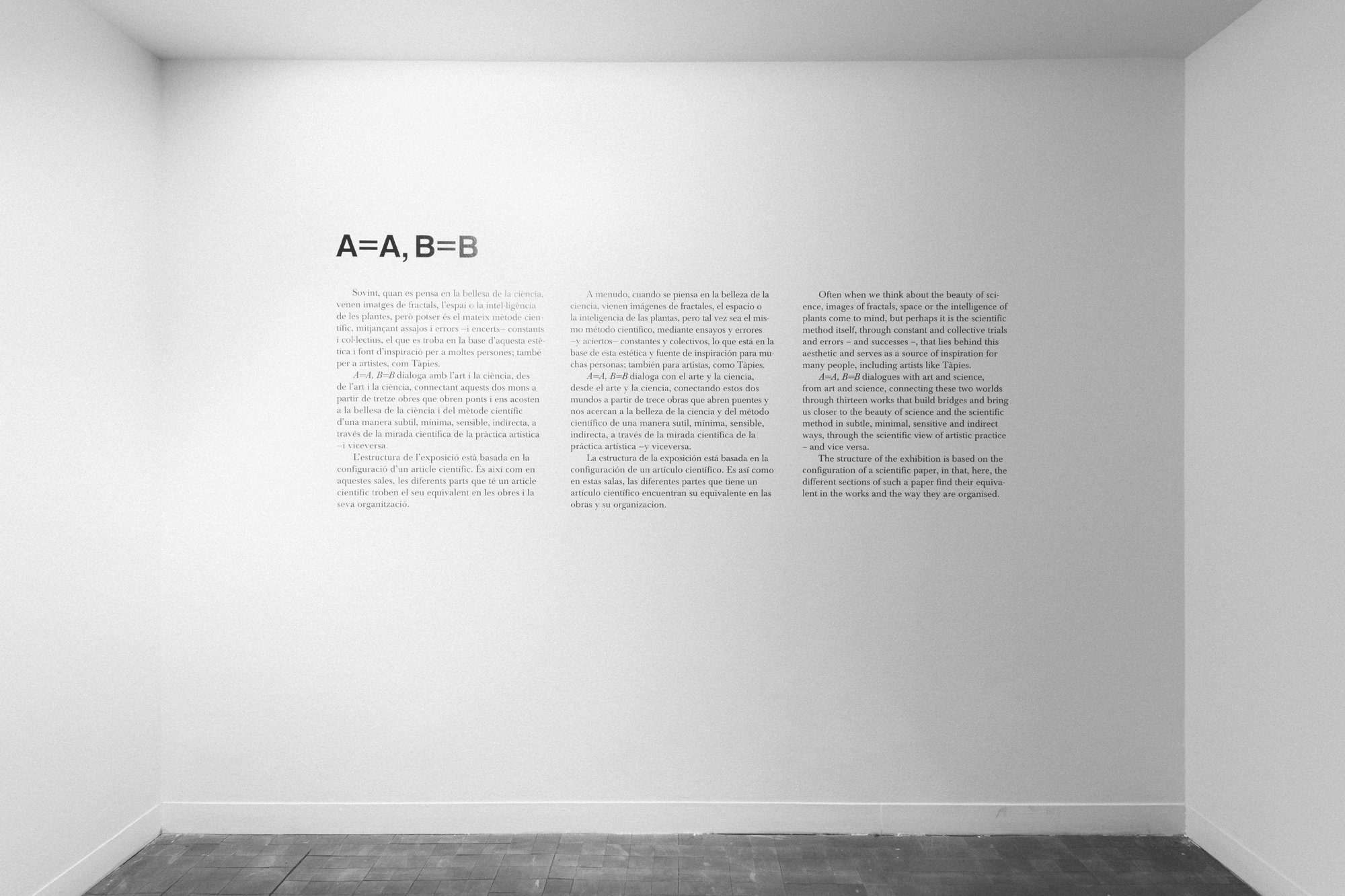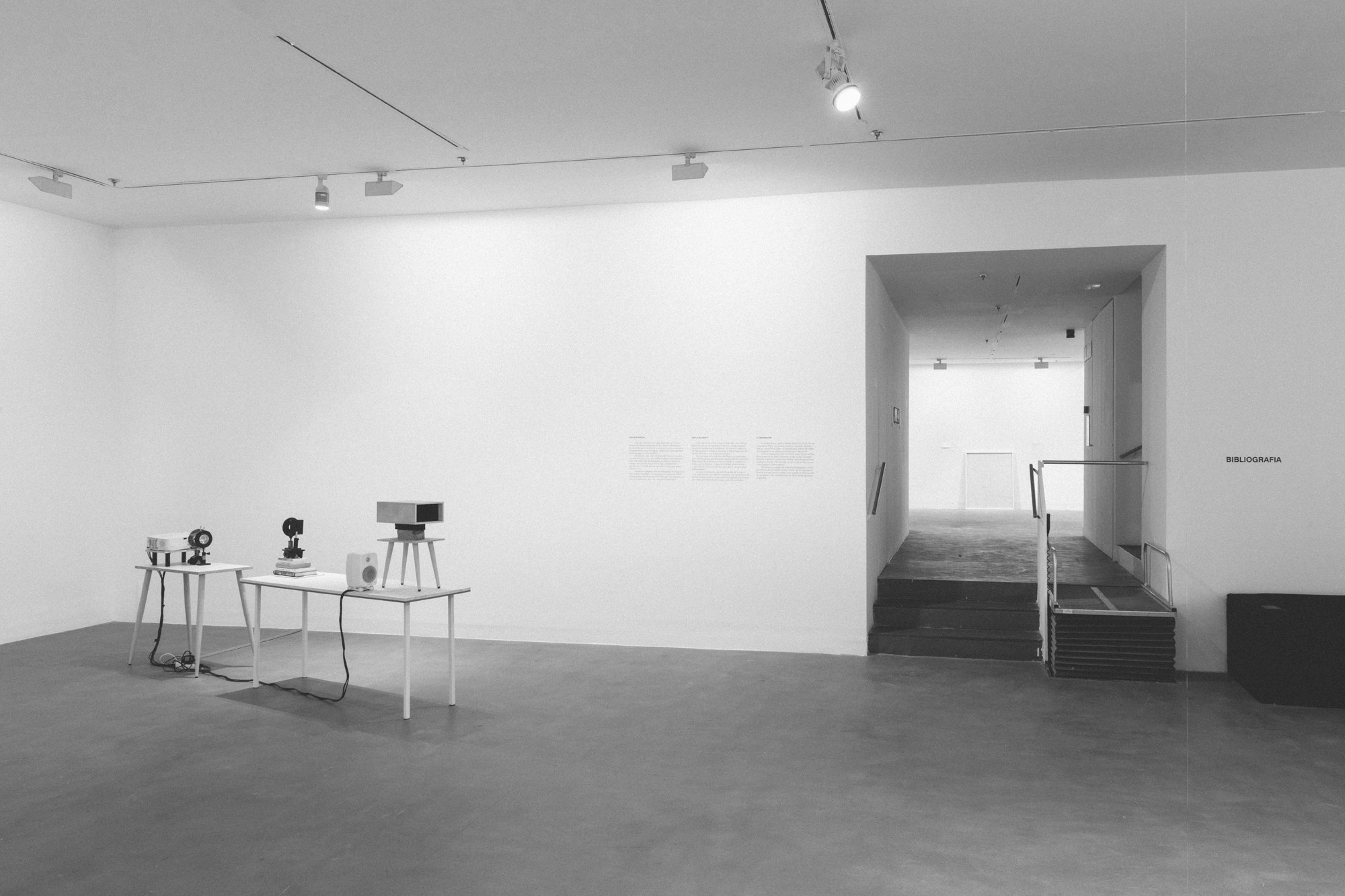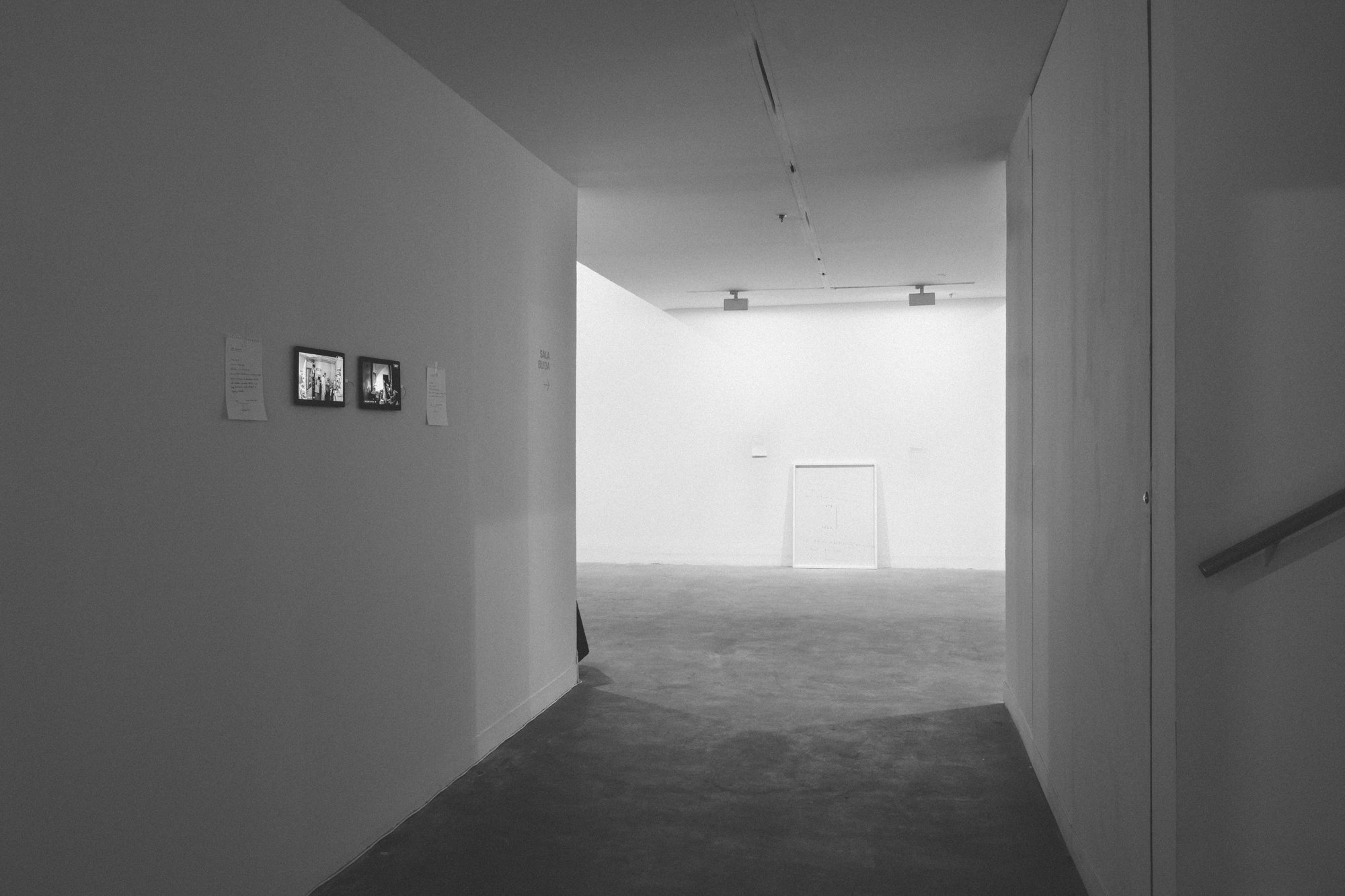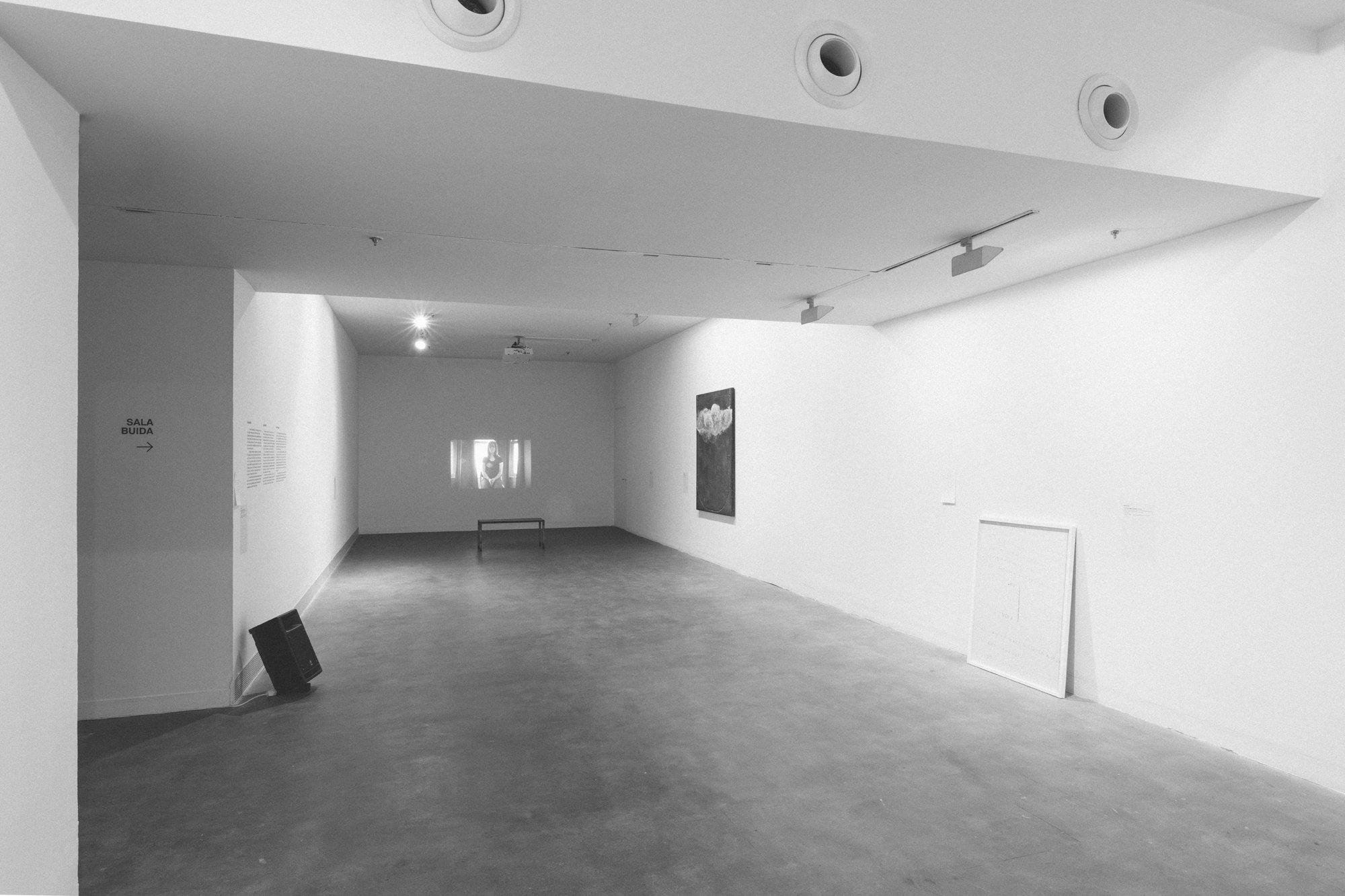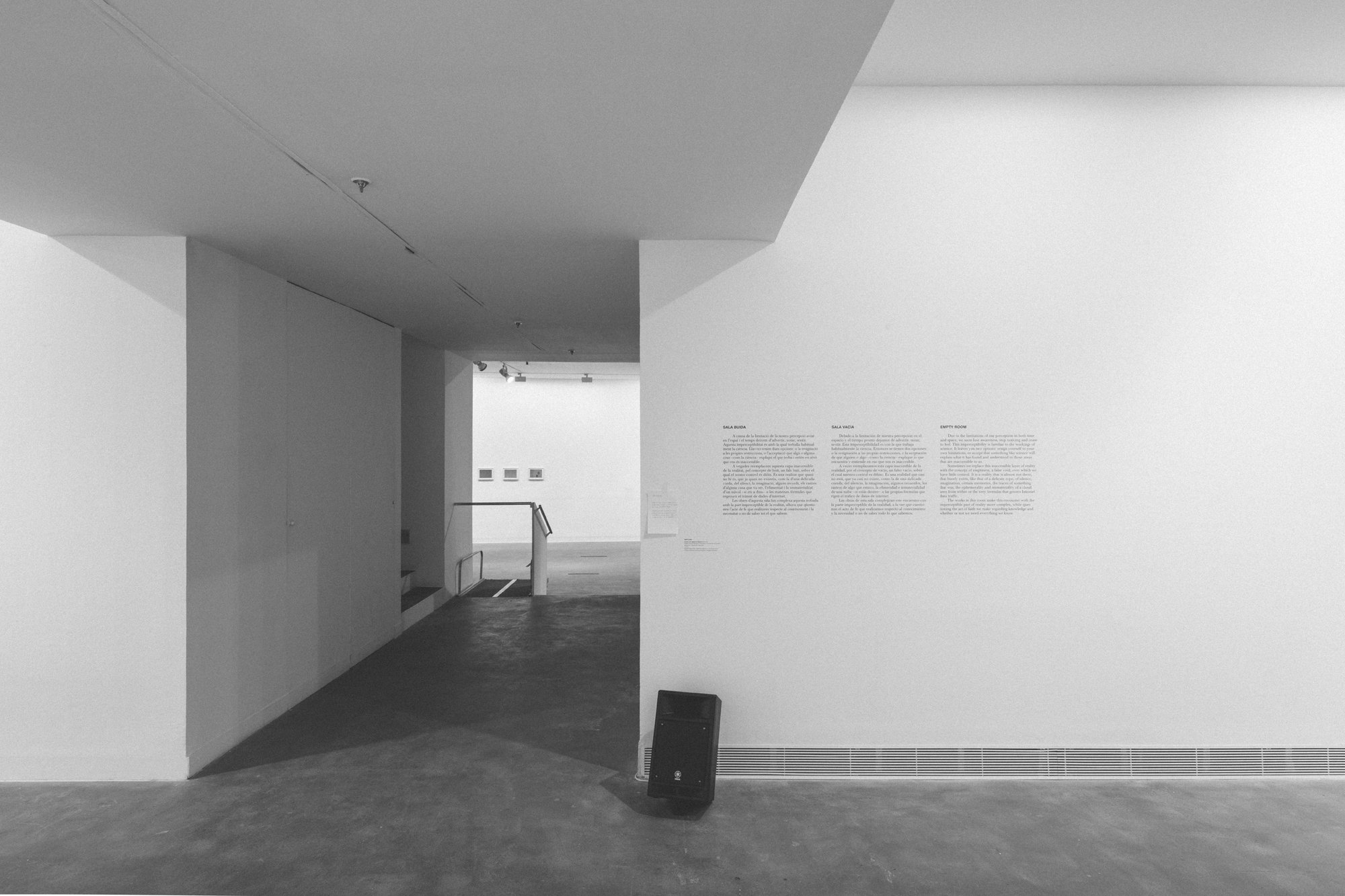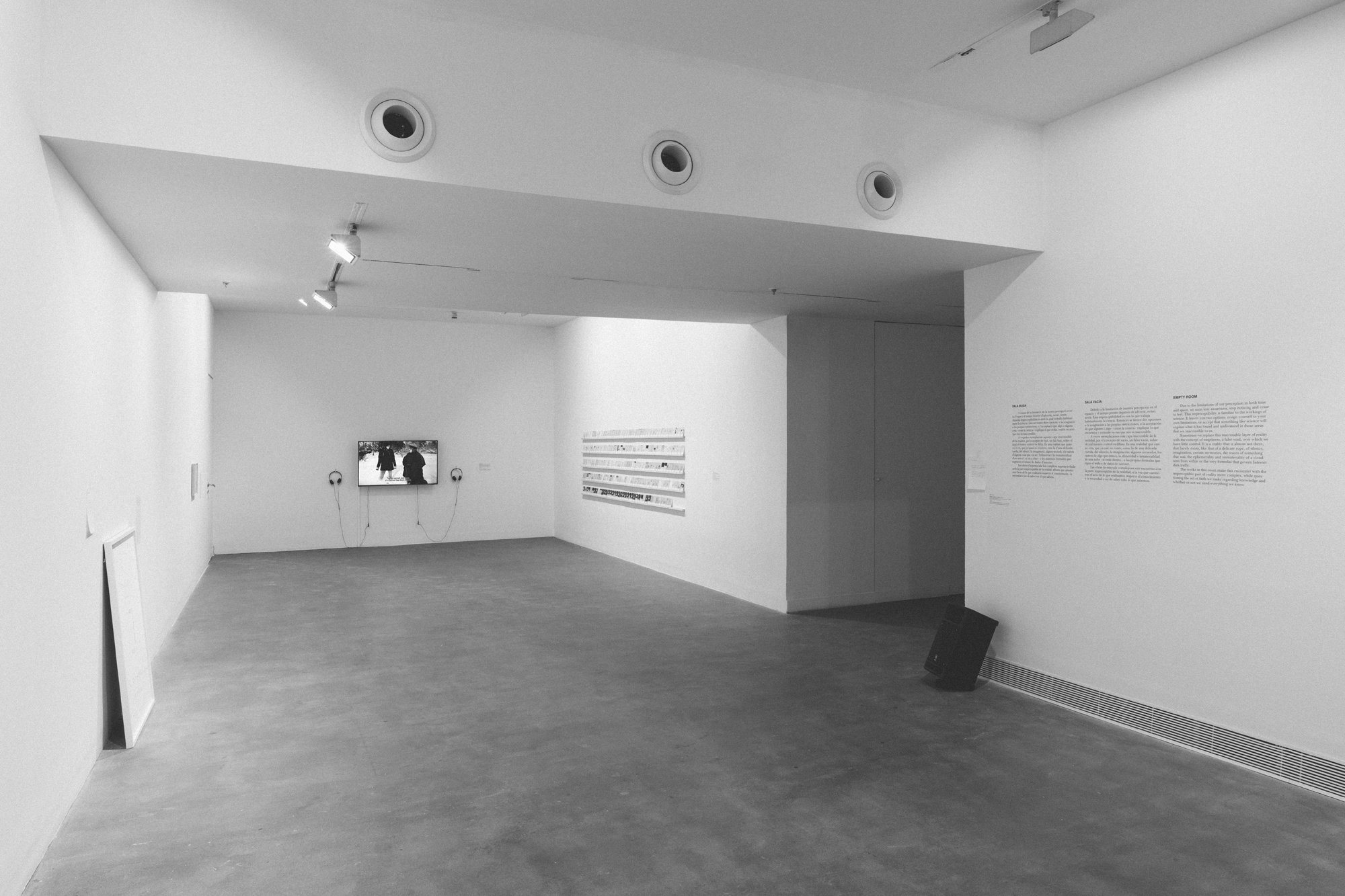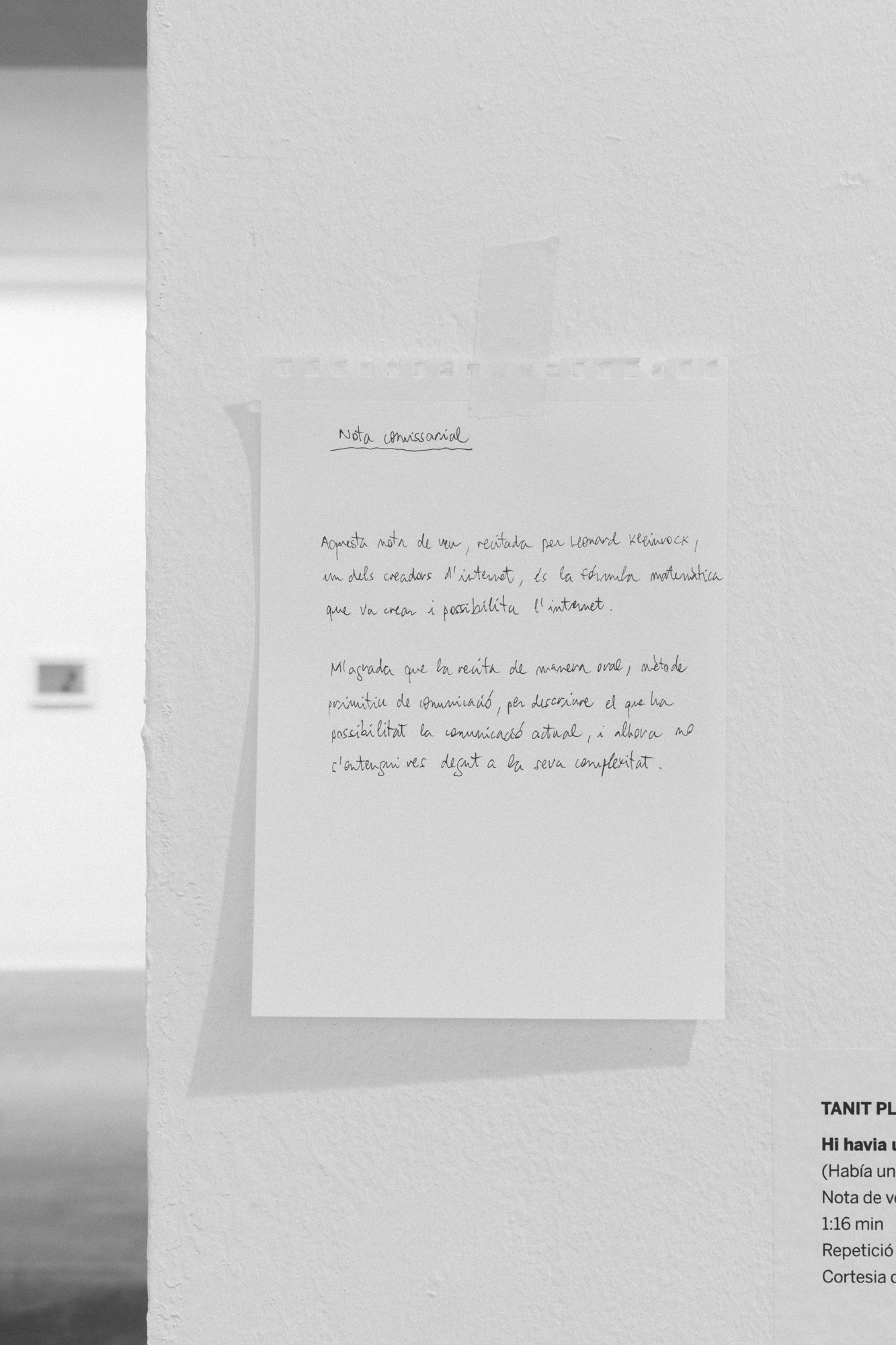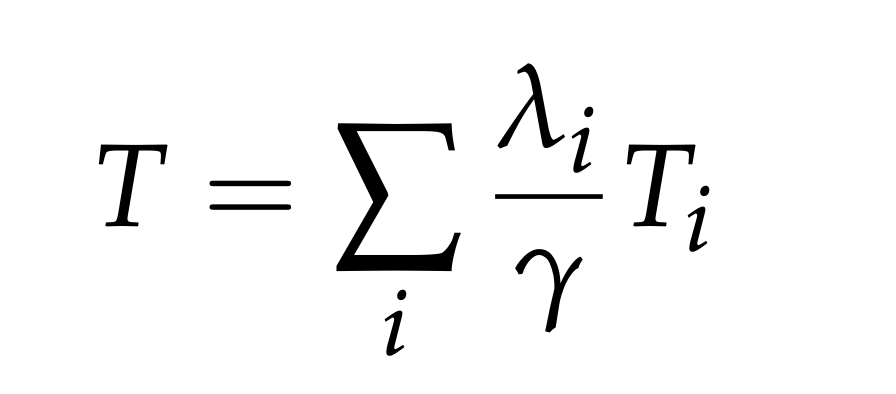Dossiers de recerca i investigació sobre xarxes dels anys ‘60.
Fotografia realitzada a UCLA, 2015.
hi havia una vegada una equació
No tot és sempre com un es pensa o s’imagina, encara que hi ha un món, quasi perfecte, el de les equacions.
En elles ens hi podem perdre i fascinar alhora. Són grafismes tan perfectes, que ens mostren teories o sistemes també perfectes i dels que moltes vegades no en sabem res o no entenem res.
”Hi havia una vegada una equació”, de la fotògrafa Tanit Plana, ens endinsa cap aquest fascinant nucli de la ciència (les equacions) a través d’un altre dels motors de comunicació: internet.
Mitjançant el projecte ”Scale and Fragment” (2017) fa un conjunt d’obres en què s’endinsa en les múltiples capes d’aquest món il·limitat, i que el gest artístic delimita per fer-lo visible. El pretext és seguir el rastre d’un correu electrònic, traçar el recorregut d’aquests missatges que circulen per les xarxes de cable sota la supervisió de sofisticats dispositius tecnològics. Aquesta investigació —que porta l’artista de Barcelona a Los Angeles a descobrir el lloc on dos ordinadors es van comunicar per primera vegada fa més de 40 anys—, en particular al laboratori del Leonard Kleinrock, un dels considerats creadors d’internet.
Anys més tard, Plana retroba una nota de veu que va enregistrar del propi Kleinrock. En aquesta nota, ell recita una equació (equació 1) que va crear (sic) en relació al “packet switching”, concepte clau en el procés per al qual avui es té internet per a comunicar-nos:
on T, defineix el temps mitjà de permanència un missatge gasta a la xarxa. M indica el nombre total de canals de comunicació en el xarxa. Aixó vol dir temps d’espera per a més la transmissió pel canal i és escrit com a Ti. Denotada per λi, és el nombre de missatges per segon que passen canal i. Finalment γ, quantifica la mitjana nombre de missatges per segon lliurat a les destinacions.
”M’encanta i no entenc res a la vegada. M’agrada no entendre res i que això em porti a parlar-ne i obrir un camí per aquí. Et passo la nota de veu.”. Al escoltar-la no s’entén res, però alhora fascina, en especial el desconeixement pur i absolut sobre quelcom, i també —sobretot— la acció de recitar de manera oral una fórmula: La comunicació més primitiva (la oral) explicant a través d’una fórmula (la base de la comunicació de la ciència) la base de la comunicació més avançada (internet). Tot en una, compacta, com la pròpia fórmula.
Pep Vidal
A=A, B=B
Fundació Antoni Tàpies, 2023
fragment del full de sala
A=A, B=B
és una exposició comissariada per Pep Vidal a la Fundació Antoni Tàpies per celebrar el centenari del seu naixement.


